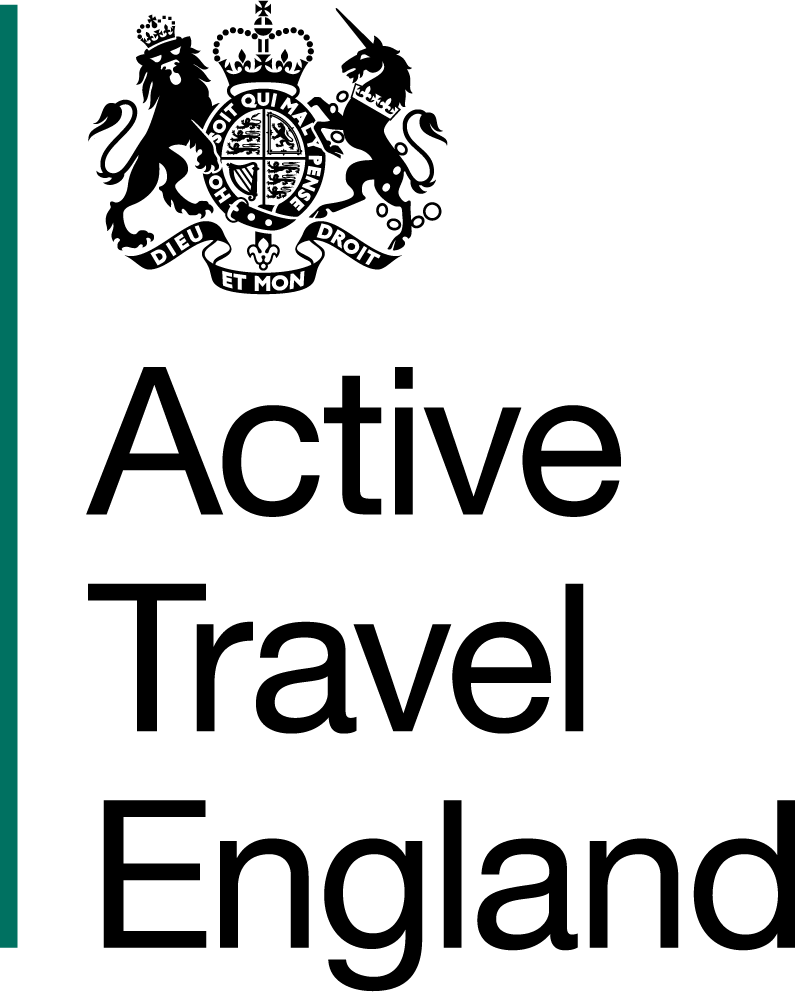Browse the Cycle Training Delivery Guide
- 1. Glossary
- 2. Welcome
- 3. Introduction
- 3.1. Why should I use this guide?
- 3.2. How to use this guide
- 3.3 The National Standard for Cycle Training
- 3.4. The Highway Code
- 3.5. Use of language
- 3.6. What will I teach?
- 3.6.1 Independent decision making
- 3.6.2 Mindset – sharing the road
- 3.6.3 The four key skills (core functions)
- 3.6.4 Observation: Being aware of surroundings and the actions of others
- 3.6.5 Position: Choosing and maintaining the most appropriate place to ride
- 3.6.6 Communication: Being able to communicate intentions clearly
- 3.6.7 Priorities: Following priority rules in line with the Highway Code
- 3.7. Practising routines when cycling
- 3.8. Activity checklist
- 4. Training principles
- 5. Effective delivery
- 5.1. Planning and preparation
- 5.2. Active learning
- 5.3. Demonstrations
- 5.4. Teaching strategies
- 5.4.1 Communication
- 5.4.2 Introducing the session – aims and expectations
- 5.4.3 Learning their names
- 5.4.4 Setting responsibilities
- 5.4.5 Managing groups
- 5.4.6 Managing groups on road
- 5.4.7 Group management – top tips
- 5.4.8 How to carry out assessments of riders
- 5.5. Working with children
- 5.6. Training in different environments
- 5.7. Inclusive delivery
- 6. Risk Benefit Assessment (RBA)
- 6.1. Pre-training risk assessment (formal RBA)
- 6.2. Risk assessment during training (dynamic RBA)
- 6.3. Reducing risk during training
- 6.4. Managing emergency situations
- 7. Moving riders
- 7.1. Moving groups of riders
- 7.2. Strategy 1: snaking
- 7.3. Strategy 2: shepherding
- 7.4. Doubling up
- 7.5. Moving groups by walking
- 8. The Bikeability Programme
Home > Cycle Training Delivery Guide > 3. Introduction > 3.6. What will I teach? > 3.6.3 The four key skills (core functions)
3.6.3 The four key skills (core functions)
The National Standard sets out four ‘core functions’ (or key skills) that every rider should have:
Observation: Being aware of surroundings and the actions of others
Position: Choosing and maintaining the most appropriate place to ride
Communication: Being able to communicate intentions clearly
Priorities: Following priority rules in line with the Highway Code
Although the National Standard uses the term ‘core functions’, we have decided to use ‘key skills’ in this guide. This is because it’s important to use clear language that riders will understand.
